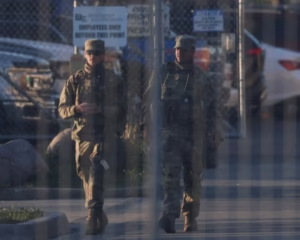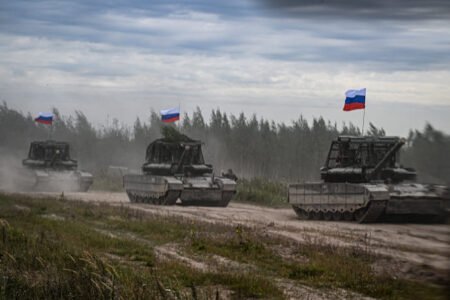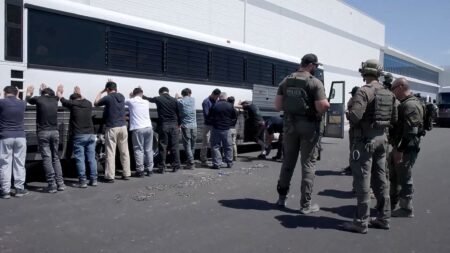Rafale jets have become a key part of modern air forces around the world. Developed by France’s Dassault Aviation, the Rafale is known for its multirole capability, advanced technology, and combat readiness. It is designed to handle a variety of missions, including air-to-air combat, ground attacks, reconnaissance, and nuclear deterrence. The aircraft first flew in 1986 and entered service with the French Navy in 2004 and the French Air Force in 2006.
The Rafale is powered by two Snecma M88 engines, which give it excellent speed, maneuverability, and reliability. This twin-engine design allows the aircraft to perform well in high-stress combat situations. It can fly at speeds over Mach 1.8 and has a combat range of over 1,800 kilometers without refueling. The Rafale also uses composite materials and modern aerodynamics to reduce its radar cross-section, making it harder to detect than older aircraft. While not a stealth fighter, it offers low observability compared to many other 4th-generation jets.
One of the strongest features of Rafale jets is their avionics. The aircraft is equipped with the RBE2 AESA radar, which can track multiple targets at long ranges. It also includes the SPECTRA electronic warfare system, which can detect, jam, and counter threats automatically. These systems allow the Rafale to operate in contested environments where enemy radars and missiles pose a serious risk. The cockpit is equipped with a wide-angle head-up display, a digital touch screen, and a helmet-mounted display, giving pilots full situational awareness.
Rafale jets are capable of carrying a wide range of weapons. They can carry air-to-air missiles like the Meteor and MICA, as well as air-to-ground missiles such as the SCALP EG. For anti-ship roles, the jet can be equipped with Exocet missiles. The aircraft is also nuclear-capable and can carry the ASMP-A nuclear missile. With 14 hardpoints and a maximum external load of 9.5 tons, the Rafale can be customized for different missions without needing major changes.
France has used Rafale jets in several combat missions. These include operations in Afghanistan, Libya, Mali, Iraq, and Syria. In Libya, the Rafale played a lead role during NATO’s 2011 campaign. In Mali, it supported French forces during Operation Serval, and in Iraq and Syria, it carried out strikes against ISIS targets. These missions showed the Rafale’s reliability and performance in real-world conflict zones.
India is one of the most important foreign operators of Rafale jets. In 2016, India signed a €7.87 billion deal to purchase 36 Rafale aircraft from France. Deliveries began in 2020, with jets stationed at Ambala and Hasimara airbases. The Indian Air Force uses Rafales to strengthen its position against regional threats, especially from China and Pakistan. The jets have already taken part in combat patrols and exercises, and their role in India’s defense strategy is growing.
The Rafale deal in India has not been without controversy. Political opponents raised questions about the cost of the deal and the selection of Indian partner companies. However, India’s Supreme Court reviewed the matter and upheld the government’s decision, stating that there was no wrongdoing. Despite the political debate, the aircraft itself has been widely praised for its performance and strategic value.
Several other countries have also chosen to buy Rafale jets. Egypt, Qatar, Greece, Croatia, and the United Arab Emirates are among the international buyers. These sales have strengthened the aircraft’s global reputation and ensured continued production for years to come. Each sale is customized to the buyer’s needs, with different weapons and systems included in the package.
Dassault continues to improve the Rafale with regular upgrades to its radar, sensors, and software. It is often described as a 4.5-generation fighter, bridging the gap between older fourth-generation aircraft and newer fifth-generation designs. With its proven combat record and export success, Rafale jets remain a major force in global air power.







